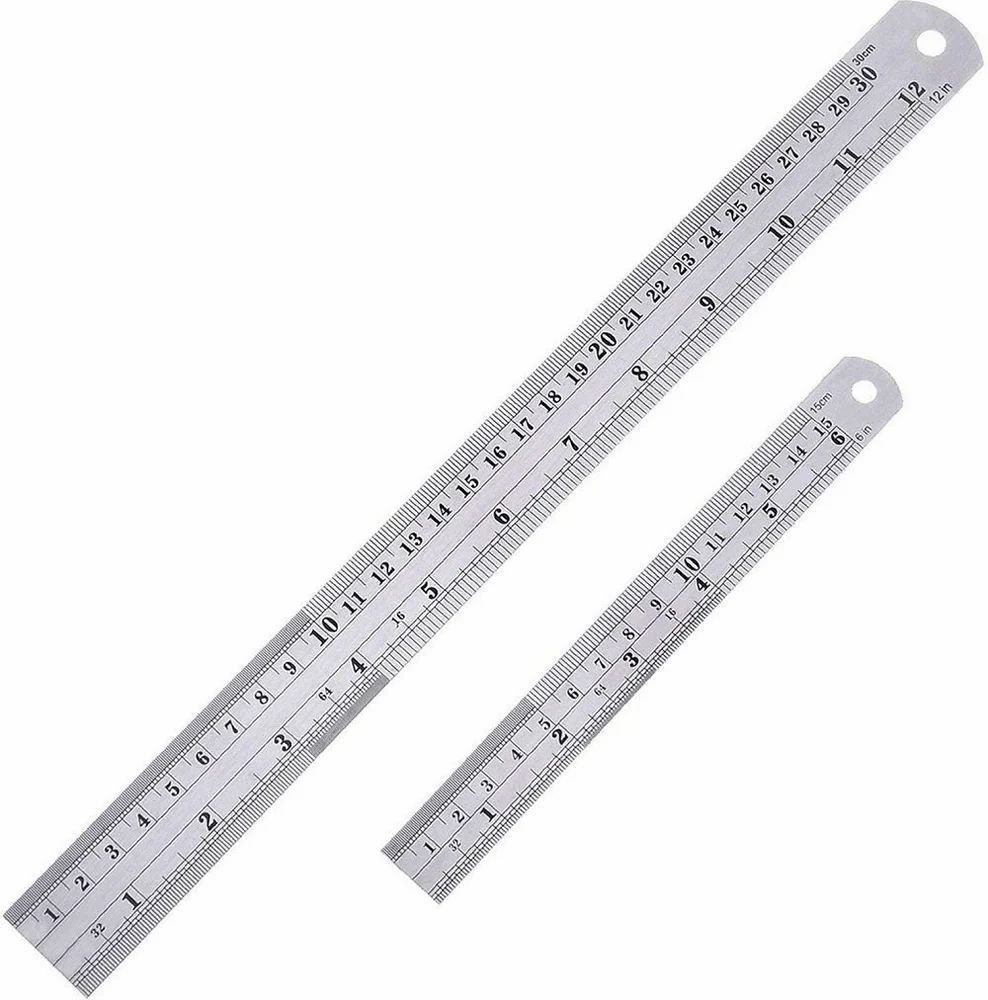In the realm of measurement and design, the measuring ruler stands as an unassuming yet indispensable artifact, akin to a subtle maestro guiding the symphony of precision. This humble instrument, whether fashioned from wood, plastic, or metal, serves as a bridge between the abstract concept of dimension and the tangible reality of form. Such a utility delivers not mere measurement, but an articulation of spatial understanding, allowing individuals to immerse themselves in a world governed by accuracy.
Measuring rulers, often perceived as mere tools, embody a philosophical inquiry into the nature of measurement itself. The precision of a measuring ruler is its voice, whispering the truths of length, width, and height into the ears of architects, engineers, and artisans alike. In this discourse, we delve into the intriguing facets of measuring rulers, exploring their types, historical significance, and their multifaceted roles across various disciplines.
Types of Measuring Rulers: A Spectrum of Utility
Measuring rulers are not monolithic; they flourish in an array of forms, each meticulously designed to cater to specific needs. The standard flat ruler, with its linearity, is perhaps the most recognizable. Typically spanning one meter or more, it serves as a versatile instrument in classrooms, offices, and workshops, offering clear demarcations to facilitate dimensioning tasks.
Then, we encounter the more specialized forms, such as the folding ruler—an ingenious concoction that embraces portability without sacrificing length. Thus, it transforms the ruler into a traveling companion for the builder in diverse terrains. Furthermore, the marked ruler, often adorned with scales, serves not only to measure but to enhance the artistic process, providing guidelines that foster the creation of aesthetically pleasing designs.
More technologically advanced iterations include digital measuring tapes, which integrate digital displays and memory functions to enhance precision. These rulers embody the advancements of contemporary technology, converting traditional measurement through physical means into the ethereal realm of digital accuracy. In this synthesis of the old and the new, the measuring ruler evolves, straddling the line between craftsmanship and innovation.
The Historical Narrative of the Ruler
The origins of measuring rulers can be traced back to ancient civilizations, where rudimentary forms of measurement were inscribed onto stone or papyrus. Egyptians used simple rod-like rulers, while the Mesopotamians employed clay tablets etched with cuneiform symbols to quantify space. This historical evolution reveals how humanity grappled with the inaugural quest for understanding physical space.
As our ancestors endeavored to construct monuments and grasp the vastness of their environment, the measurement systems they devised became cultural touchstones, encapsulating societal values and technological prowess. From this narrative emerges the measuring ruler, not merely as a tool, but as a cultural artifact that embodies the aspirations of civilizations across the eons.
Applications Across Disciplines: Architecture to Sewing
In contemporary times, the measuring ruler finds its home in myriad domains. In architecture, it serves as the literal cornerstone upon which buildings rise. Architects wield rulers as extensions of their creativity, transposing thoughts into blueprints that define space. Each line depicted on their plans narrates the story of human habitation, bridging the gap between imagination and reality.
In the world of sewing and crafting, measuring rulers acquire an artisanal significance. Here, they guide the precise cutting of fabric, forming the backbone of stylistic expression. Whether one is drafting a pattern for a couture gown or a simple quilt, the ruler’s ability to impart accuracy is unwavering, allowing creators to translate their visions into tangible, sartorial expressions.
Moreover, in scientific laboratories, measuring rulers are employed to delineate the parameters of experiments—be it in chemistry, biology, or physics. The ruler embodies the empirical ethos of science, where accuracy becomes not just a necessity but a philosophical imperative, mirroring the very foundations of scientific inquiry. In this context, measurement transcends mere numbers and becomes a language—a vibrant dialogue between the laws of nature and human understanding.
Conclusion: A Simple Tool, A Complex Reality
Thus, the measuring ruler, in its various forms and functions, encapsulates a complex interplay between humanity’s quest for understanding and the physical reality we inhabit. It resonates with profound metaphors: a silent guide, a cultural artifact, a facilitator of creativity, and an instrument of science. Through every line drawn and every increment marked, the measuring ruler does not only furnish us with numerical values; it compels us to think beyond the measurement—inviting reflection on humanity’s perpetual journey toward understanding the dimensions of our existence.
As we embrace the ruler’s multifaceted identity—part tool, part muse—we can appreciate its role not merely as a mundane device, but as a catalyst for creativity and a foundational pillar in the quest for clarity and precision across disciplines. Indeed, the measuring ruler remains a testament to the simplicity required to navigate the complex tapestry of life, evoking admiration for both its function and the historical narratives interwoven into its very essence.










